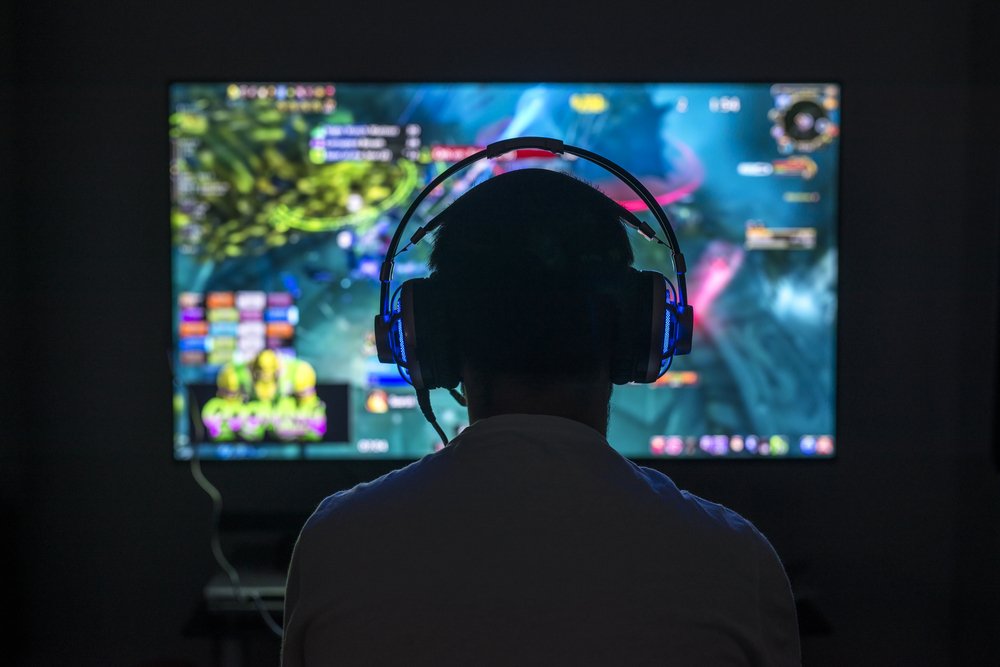Video Games as an Emergent Learn and Play Concept
By Reezal Rosli | Higher Education

Video games are interactive mediums of entertainment that are now accessible through simple means via smartphone, console, or computer. With the advancement of technology over the past decade, video games have undergone great technological enhancements that can simulate varying experiences of entertainment to an almost uncannily realistic proportion.
With the emergence of new video game titles and consoles released every year, the video game industry alone makes billions in revenue annually with a significant increase of 7.3% in 2019 which amounted to US$148.8 billion. With the demand for video games coming to a rise, more video game developers are emerging along with multiple new forms of job opportunities in the game industry. Even the technology used for video games have become so advanced in replicating realistic elements so much so that it can be applied to various multimedia such as special effects for film, medical simulations, aeronautical simulations and even classroom education.
Although video games have been viewed as “distractions” that could potentially jeopardize a student’s academic performance, there are emerging video games that blur the line between education and entertainment. This convergence is finding its way in the mainstream of education as it is being introduced into the classroom.
With video games being accessible through the necessity of a smartphone, it can be difficult for young students to regulate their time spent on video games rather than academia. Despite the discouragement against avid video gaming due to its addictive and socially disruptive nature, video games do take credit for expanding most of a youth’s general knowledge and particularly the use of English for a non-English speaking person. Most video games have a range of elementary to intermediate forms of language that the player must understand and navigate through in order to play the video game, which people subconsciously register and learn as they interact more with the game. A non-English speaking youth is more inclined to practice or learn English more effectively through the means of video games rather than in a classroom setting, why is this so?
A teacher who may or may not have English as her main spoken language can be trained to teach students to expand their understanding and usage of English. A video game, on the other hand, may take an entire team to develop with every person specialized for every aspect of a video game. Two entirely different fields that share a similarity in the outcome of effective learning. It is observed that we are more inclined to understand and appreciate something that is entertaining and interactive rather than to just receive information and understand. How effective will a typical classroom setting be in the years to come as education continues to evolve? The concept of learn and play is now being applied to classrooms globally as it is much more effective for cognitive learning among youths.
As the COVID-19 pandemic forced quarantine procedures throughout the world, schools have been physically closed but accessible through online means while the video game industry continues to thrive and flourish more than ever. Students now participate in their classrooms through online sessions with their peers as this new form of teaching is normalized in the phases of the COVID-19 pandemic this year. Video games as well have noticeably taken a rise in interest among the public as more people are driven to boredom in the seclusion of isolation. Video games have given a platform for the public to interact with one another while adhering to social distancing practices, just as much of a platform for entertainment in such times. While online learning has helped students cope with their academic program, it can be observed just how in constant change the setting of a “classroom” is throughout time; as it was with rows of chairs and tables in a classroom, now its rows of boxes with muted microphones and turned off cameras on a computer screen.
Having piqued the interest of youths in the vocation of video game development, higher education sectors have now made “Video Game Development” available as a legitimate academic course. As is demanded of the criteria in game development, I.T and art/design-based skills are expected of one who wishes to delve into the industry. The demand for programmers, 3D animators and modellers, and digital artists have seen a rise in the video game industry and retains a sustainability for individuals with such skill sets as these skills may not only be applied in the video game development field. However, with many passionate game developers releasing hundreds of new games on multiple app-stores everyday, the game development scene is a competition that mostly well-known game developers are in the lead of.
The possibility of incorporating video games into education is not far from seeing reality as it is already being practiced. In the year 2020 alone, the world has gone through dramatic changes of the traditional education delivery approach. So, what’s stopping the idea of gamifying education that can drastically change the outcome of effective learning?



